A Wining Cost Estimate That Helps You To Win More Roofing Projects

To assess the roofing job with precision, you need to determine the square footage of the roof, identify the type of roof and materials required, and examine the condition of the existing roof. These sub-sections offer a solution that enables you to estimate a roofing job accurately.
Determining the area coverage of the roofing space is an important first step before any project implementation. Without an accurate calculation, it is impossible to determine material quantities and cost estimates.
Here’s a simple 4-step guide on how to obtain the square footage area for roofing projects:
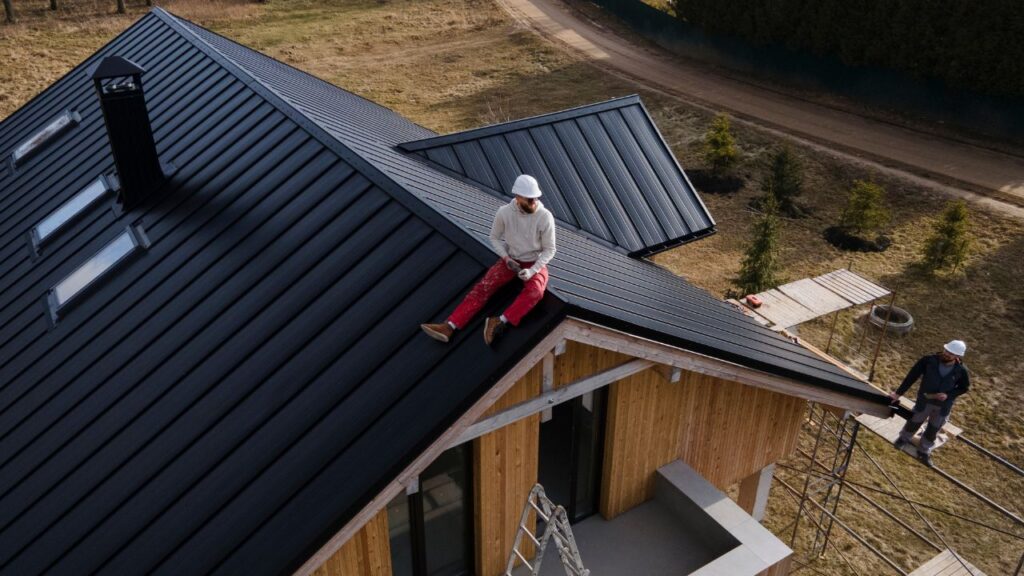
It’s important to note that angled or sloped roofs will require additional calculations, as they will not provide an accurate measure from end-to-end. These are best classified under ‘complex roofing systems’ that will require more detailed assessment.
Some unique factors that can affect your calculations include obstructions like chimneys and vents that may be in place, which will require additional material coverage.
In history, during periods where metal roofing materials were scarce, families would employ contractors to “roof” their homes with flattened cans or other recycled materials. The contractors used similar methods we use today in calculating dimensions but had lesser tools than today’s technology offers.
Identifying the type of roof is like a game of Guess Who, but instead of ‘Does your person have glasses?’, it’s ‘Is your roof made of shingles?’

Roof Type Recognition and Material Assessment
Different types of roofs require different materials for installation or repairs. The first step in assessing a roofing job is identifying the roof type to ensure the appropriate materials are used.
Roof Type | Material Required |
|---|---|
Asphalt | Shingles, asphalt, felt paper |
Clay | Tiles, mortar |
Metal | Panels, screws, sealant |
Slate | Sheets, felt paper, nails |
Wood shingle | Shingles, tar paper |
When identifying the roof type and required materials, note the colour, style, and pitch of the roof. These features offer additional details that may help to determine the necessary steps for the job.
A professional roofing contractor once recounted how an assumption made on a previous job caused him to use incorrect materials resulting in damages that led to further expenses for his client. It pays to take extra time identifying roof type to prevent unnecessary damages and expenses.
Inspecting the roof is like peeling back a scab – you never know what grimy secrets you’ll uncover.
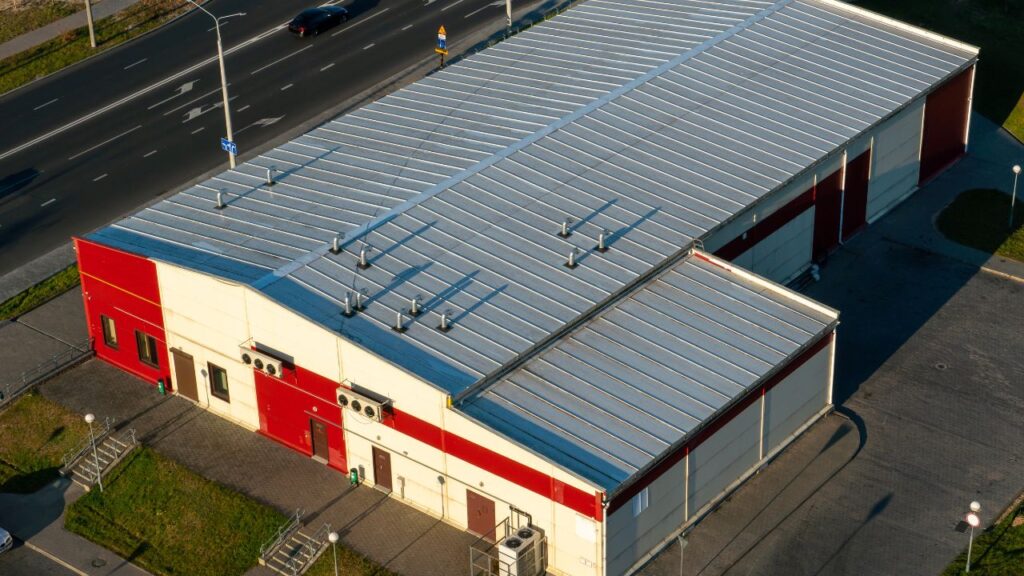
The initial step in assessing the roofing job is to evaluate the existing roof’s condition. Check for any visible defects and examine any areas where there could be potential issues. Analyze the roofing materials, their age, quality, and wear; whether they are warped, cracked or misaligned. Pay attention to caulking as well as flashings for indications of rust and damage.
Check the state of gutters and downspouts to understand if there is an adequate flow of water from roofs. Restricted drainage increases the risk of water accumulation on roofs causing consequential destruction. Carefully inspect the supporting structure under the surface level of roofing as it will influence any repairs.
Additionally, check if moisture has been collected on your roof since dampness or standing water causes mold that can affect your home’s structural integrity in time significantly. Compare notes with a professional roofer to develop a course of action regarding necessary repairs.
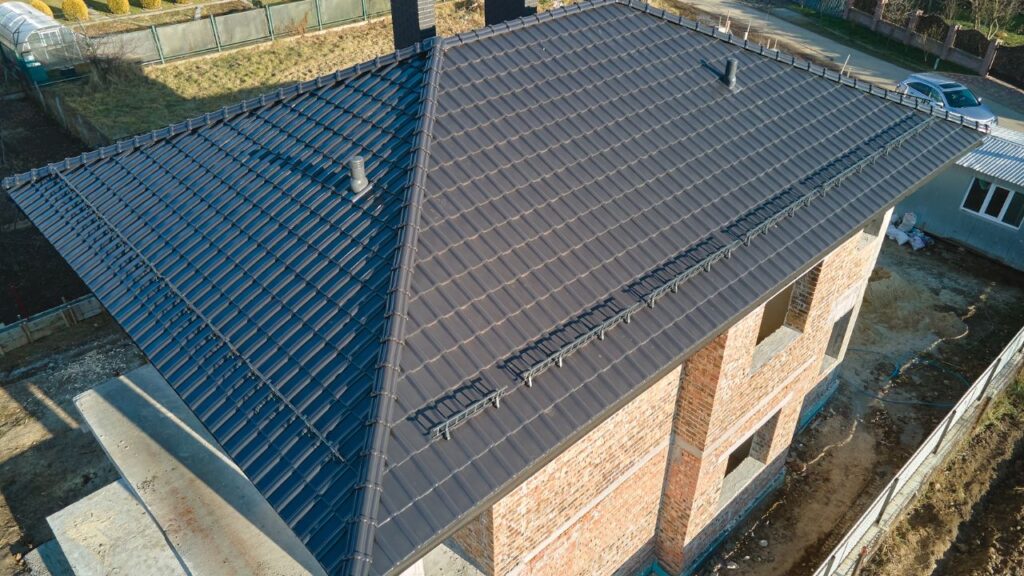
Pro Tip: Regularly check your rooftops for debris and clear them away quickly to avoid clogging drains and gutter systems which can cause leaks or flooding inside our homes during rain.
Roofing costs can be tough to estimate, but don’t worry, just close your eyes and throw a dart at the wall- it’s just as accurate as some estimates out there.

To estimate the cost of a roofing job with accuracy, you need to dive into the section of estimating the cost. This involves calculating the cost of materials required, factoring in labor costs, and accounting for overhead expenses. By understanding and utilizing these sub-sections in your estimate, you can ensure that your final cost is comprehensive and fair.
The estimation of the required materials cost is essential in any project planning. Accurate calculation ensures that the project is budgeted correctly, and one can avoid running out of resources midway.
To calculate the cost of materials required, we need to determine the exact quantity of all components needed to complete a specific project. In the table below, we have listed some of the necessary materials used for a building’s foundation.

Materials | Quantity (unit) | Price per unit ($) |
|---|---|---|
Cement | 500 bags | 6.50 |
Sand | 10 tons | 46.50 |
Stones (ballast) | 20 tons | 57.00 |
It’s essential to keep track of prices as they vary from place to place and can significantly affect project costs. Simply add up each product’s total cost; in this case, it would be $55825 calculated as follows:
($32,50 x 500)+(10 x $465)+(20 x $570)= ($16,250 + $4,650 + $11,400) = $22,300
This method can adapt to find the potential costs of various construction requirements in a much larger or more detailed setting.
In calculating material costs: Quality and durability influence pricing significantly on larger projects where you might require higher quality standards for safety regulations and other specific reasons.
Construction projects must be adequately planned prior execution based on actual data such as market fluctuations for pricing raw materials. Effective preparation allows us not only to calculate accurate estimates but also helps contract agreements among involved parties.
Estimating the cost of labor is like trying to estimate how much patience you’ll need when dealing with a group project.

To accurately estimate the expenses, one must consider the intricacies and costs of labour. The cost of labour varies based on the type of work, location, experience level, and time of completion. By accounting for these factors, one can ensure that their projections are as close to the actual cost as possible.
The following table displays an estimated breakdown of labour costs for various sectors:
Industry | Average Hourly Rate | Average Completion Time |
|---|---|---|
Construction | $35-$50 | 6-8 weeks |
IT Services | $75-$100 | Per project basis |
Healthcare | $25-$40 (per hour) | Shift-based |

It is important to note that these values may vary depending on the region and specific requirements of each project. Thus, it is recommended to conduct proper research before making any projections.
One crucial aspect that often gets overlooked is employee benefits and training expenditures. Employers need to budget for healthcare expenses, paid time off, retirement contributions etc., which can add up significantly.
Adding up the hidden costs of overhead expenses is like playing hide and seek, except you never really find what you’re looking for.
When estimating costs, it is essential to consider the overhead expenses. These indirect costs cannot be traced directly to a specific project or product but are necessary for its success. They include rent, utilities, salaries of support staff, insurance and taxes, among others. Accurately accounting for overhead expenses ensures that the company’s profit margins are not eroded by hidden costs.
Neglecting overhead expenses can lead to faulty budget estimates and reduced profits. Ignoring these costs could cause your project or product to fail financially in the long run. Overhead expenses are vital in determining the true cost of production and pricing strategies.
It is crucial to note that calculating overhead costs requires discretion and accuracy. An accurate method is the absorption costing method. By using this method, all direct labor cost, direct materials used in production and fixed and variable overhead costs pertaining to manufacturing activities of a company are included collectively in one unit of output’s final cost price.
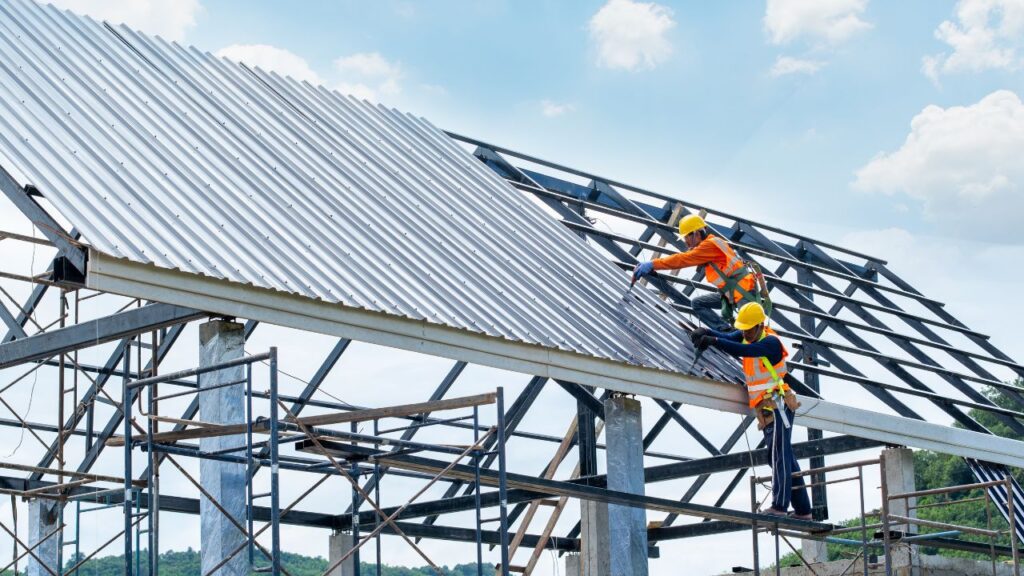
To estimate a roofing job with accurate cost, you need to consider several additional costs. This includes permits and fees, waste removal and disposal, and unexpected or hidden costs. Each of these sub-sections can significantly impact the final cost of the roofing job and need to be taken into account to calculate an estimate that aligns with reality.
When planning a project, it’s essential to consider the various regulatory requirements that apply. These mandates include the permits and fees necessary to proceed with the work. Some projects require specific permits or licenses obtained from city, state or federal government offices. Correspondingly, additional fees may be charged for obtaining these authorizations.

Aside from government permits and fees, there are other charges that may be incurred depending on the nature of the project. Among the common charges are zoning and utility connection fees. Zoning costs relate to compliance with zoning laws and regulations, while utility connection expenses refer to the charges required for connecting a property to utilities such as sewer or gas.
It’s worth acknowledging that permit and fee regulations change with time, requiring businesses and individuals alike to stay up-to-date with this information. Consequently, one will need to consult experts in town planning or regulatory law fields who can assist in obtaining all relevant permissions before commencing work.
In recent years, cases have been reported where individuals did not adhere to permit rules when constructing buildings or undertaking smaller projects such as fences on their properties. In such instances, hefty penalties may arise due to violations of local and federal codes. Therefore those engaged in construction activities must take permit-related matters seriously by liaising with appropriate authorities throughout the entire process.
Why pay for a therapist when you can just stuff all your problems in a dumpster?
Handling and disposing of refuse is another cost to bear in mind when making financial plans. Here are some possible expenditures that can arise from managing Waste removal and disposal:

It’s also necessary to be mindful of extra rules or regulations in your area that might affect how your garbage is managed. This could necessitate additional expenses. Consider these factors when calculating the total bill for removing and disposing of rubbish.
Pro Tip: Evaluate how much waste your household produces each week to determine the most cost-effective alternative.
Trying to save money by choosing the cheapest option? Congratulations, you just won an all-expenses-paid trip to unexpected and hidden costs!

When planning expenses for a project, it can be easy to overlook unexpected or hidden costs. These costs arise unplanned during the course of the project and can quickly add up, but they are often overlooked. Here are some potential costs you should consider when budgeting for a project:
It’s important to allocate contingency funds to cover any unforeseen additional expenses that may arise during the course of a project. Be prepared for unexpected delays, changes in scope and other potential setbacks. By planning ahead, you’ll be able to avoid overrunning your budget and completing your project on time.
In a recent construction project, despite thorough budget planning, several unexpected expenses arose due to equipment malfunctions and ill-timed weather events. The team had not allocated sufficient funds for contingencies resulting in financial stress towards the end of the project. Don’t make this mistake; plan ahead for unforeseen circumstances to ensure smooth execution of your projects.
“Refining the estimate? More like refining the art of making up numbers.”
To refine the estimate in “How to Estimate a Roofing Job” with the sub-sections of reviewing and adjusting the estimate, communicating with the client, and finalizing the estimate, you’ll need to pay attention to the details. By taking the time to make sure your estimate is accurate and clear, you’ll be able to build trust with your client and ensure a successful roofing project.
As the project progresses, it is imperative to refine the estimate. Incorporate important aspects like resource allocation, changes in timeline, or scope creep that can affect the final delivery. Ensure to review and fine-tune the estimates with key stakeholders before committing resources.
A precise estimate is necessary for effective project management. It ensures optimal utilization of resources and time while managing expectations. Reviewing and adjusting the estimate based on any changes or discrepancies helps ensure that the project runs smoothly.

Refining the estimate involves evaluating any additions or subtractions made during the initial scoping phase. It is essential to understand how every change affects deadlines, budgets, goals, and other factors. The importance of rigorous analysis cannot be overstated as even minor errors could lead to significant deviations from expected outcomes.
Communicating with clients is like playing telephone, but instead of a message getting lost in translation, it’s the budget.
Effective client communication is pivotal for formulating successful refinements in the estimate. The key is to transmit complicated technical jargon efficiently and listen to the client’s needs. By adapting the language, one can develop a good rapport and establish trust.
It is crucial to keep an open channel of communication to ensure all parties are on the same page. Providing regular updates on progress, delays, and issues, along with offering potential solutions will lead to better transparency and smoother outcomes. Active listening during discussions will help determine what it takes, financially or otherwise, to create a satisfactory outcome.
In addition, setting expectations beforehand will prevent unwarranted surprises down the line. Providing detailed estimates outlining specific tasks and their respective costs upfront can save time in negotiations later. This type of communication fosters management strategies for any anticipated deviations throughout development. One time I was working on a project with an unfamiliar programming language that wasn’t yet widely adopted in my region. This created trepidation personally since I needed more time to conceptualize ideas before coding them properly; therefore, it would also require more working hours than the norm.
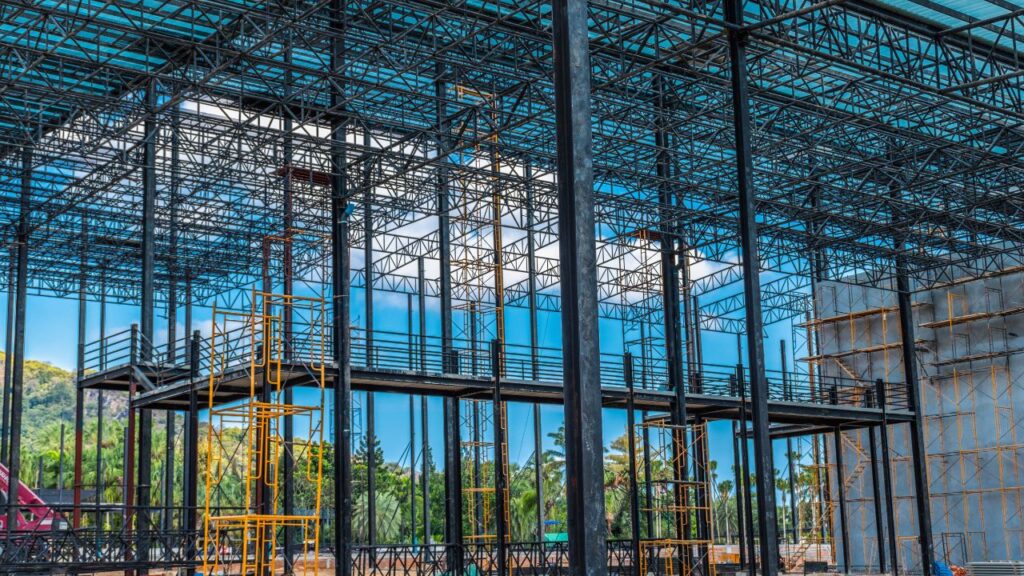
Nevertheless, I communicated this issue clearly with my client along with possible solutions that helped us mitigate any invisible risks associated with such projects easily. We both worked together towards creating optimal results under difficult conditions ultimately.
Estimating is like shooting at a moving target blindfolded, finalizing is like opening your eyes and hoping for the best.
After analyzing and assessing the project requirements, it is time to finalize the estimation. It involves refining the initial approximation by incorporating all pertinent factors and data to arrive at an accurate valuation.
Not only does finalizing estimates provide a better understanding of project costs but it also avoids unwanted surprises later on. Moreover, this process assists in establishing realistic deadlines and budget projections for clients.
Recently, during a construction company’s initial quotation process for a large commercial building project, they realized they had made an error during their estimation efforts. They were grateful for their refinement process as they could correct this mistake before submitting to their client. This saved both time and money for both parties involved.
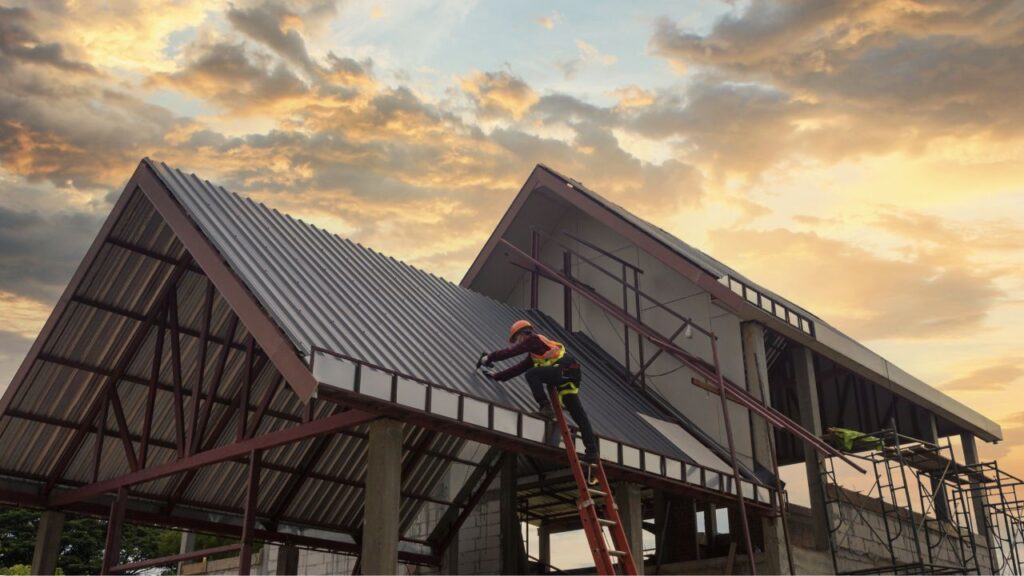
First, measure the length and width of the roof to calculate the square footage. Then, consider the pitch of the roof as some materials require more coverage. Finally, add 10% extra material for waste and mistakes.
You should consider the type and quality of roofing material, the size of the roof, the complexity of the roofing system, and any additional work required, such as removing and disposing of old roofing materials.
Online calculators can be helpful in providing a rough estimate, but they should not be relied upon entirely. It is best to consult with a professional roofing contractor for an accurate and reliable estimate.
A professional roofing contractor has the experience, tools, and knowledge to properly estimate and complete your roofing job. They can ensure that the job is done correctly and safely, and they can provide valuable advice and recommendations based on their expertise in the field.
Here I am going to share some steps to get your roofing cost estimate report.
You can send us your plan on info@estimatorflorida.com
Before starting your project, we send you a quote for your service. That quote will have detailed information about your project. Here you will get information about the size, difficulty, complexity and bid date when determining pricing.
We do roofing cost estimating and prepare a detailed report for your project. At last you finalize the report and finish the project.
561-530-2845
info@estimatorflorida.com
Address
5245 Wiles Rd Apt 3-102 St. Pete Beach, FL 33073 United States
561-530-2845
info@estimatorflorida.com
Address
5245 Wiles Rd Apt 3-102 St. Pete Beach, FL 33073 United States
All copyright © Reserved | Designed By V Marketing Media | Disclaimer